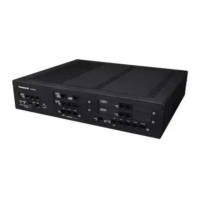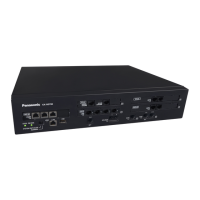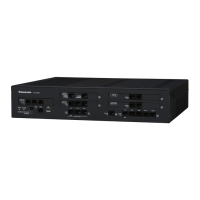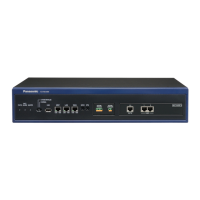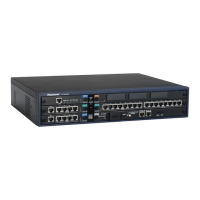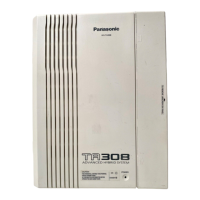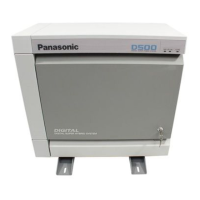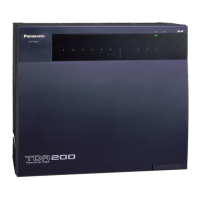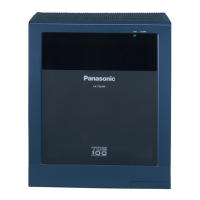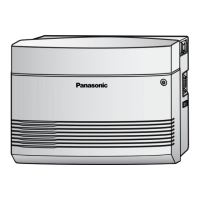5.2.4.5 Wireless XDP Parallel Mode
Description
A PS can be used in parallel with a wired telephone (PT/SLT). In this case, the wired telephone is the main
telephone and the PS is the sub telephone. When Wireless XDP Parallel Mode is enabled, the two telephones
share one extension number (main telephone’s extension number).
Cell Station
PBX
Wireless XDP
Parallel Mode
PT/SLT
PS
Extn. 103
Conditions
• If one of the telephones goes off-hook while the other telephone is on a call, the call is switched to the
telephone going off
-hook. However, the call is not switched in one of the following conditions:
a. During a Conference call (® 2.14 Conference Features).
b. While Live Call Screening (LCS) or Two-way Record is activated (® 3.2.2.16 Live Call Screening
(LCS) and 3.2.2.30 Two-way Record/Two-way Transfer).
c. While receiving OHCA (DPT over a stacking connection only) (® 2.10.4.3 Off-hook Call
Announcement (OHCA)).
d. While being monitored by another extension (® 2.10.3 Call Monitor).
e. During Consultation Hold.
f. During a Conference Group Call (® 2.15.1 Conference Group Call).
• Wireless XDP Parallel Mode can only be set from a PS. The wired telephone can accept or deny this feature
through COS programming. Once this feature is set, the setting at the wired telephone cannot be changed
unless a PS changes the setting.
• The following features are not available for extensions in Wireless XDP Parallel Mode while the PS is on
a call (however, they are available for extensions in Wireless XDP Parallel Mode while the wired telephone
is on a call):
– Executive Busy Override (® 2.10.2 Executive Busy Override)
– Whisper OHCA (® 2.10.4.4 Whisper OHCA)
– CCBS (® 4.1.2.10 Completion of Calls to Busy Subscriber (CCBS))
• If a wired SIP extension is a main extension (e.g., KX-UT series SIP phone) and a SIP wireless extension
is a sub extension (e.g., S-PS), both telephones ring when an incoming call arrives. However, no other
functions, such as switching the call between telephones, are available.
• If an incoming call arrives while the PS is on a call, the wired extension will indicate an incoming call but
will not ring. However, if the wired telephone is a SIP extension, the telephone will ring.
• Most of the extension data (e.g., extension number, extension name) of the wired telephone is used for its
PS as well. However, the PS has its own extension data for the following:
Feature Guide 509
5.2.4 Portable Station (PS) Features
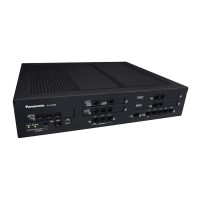
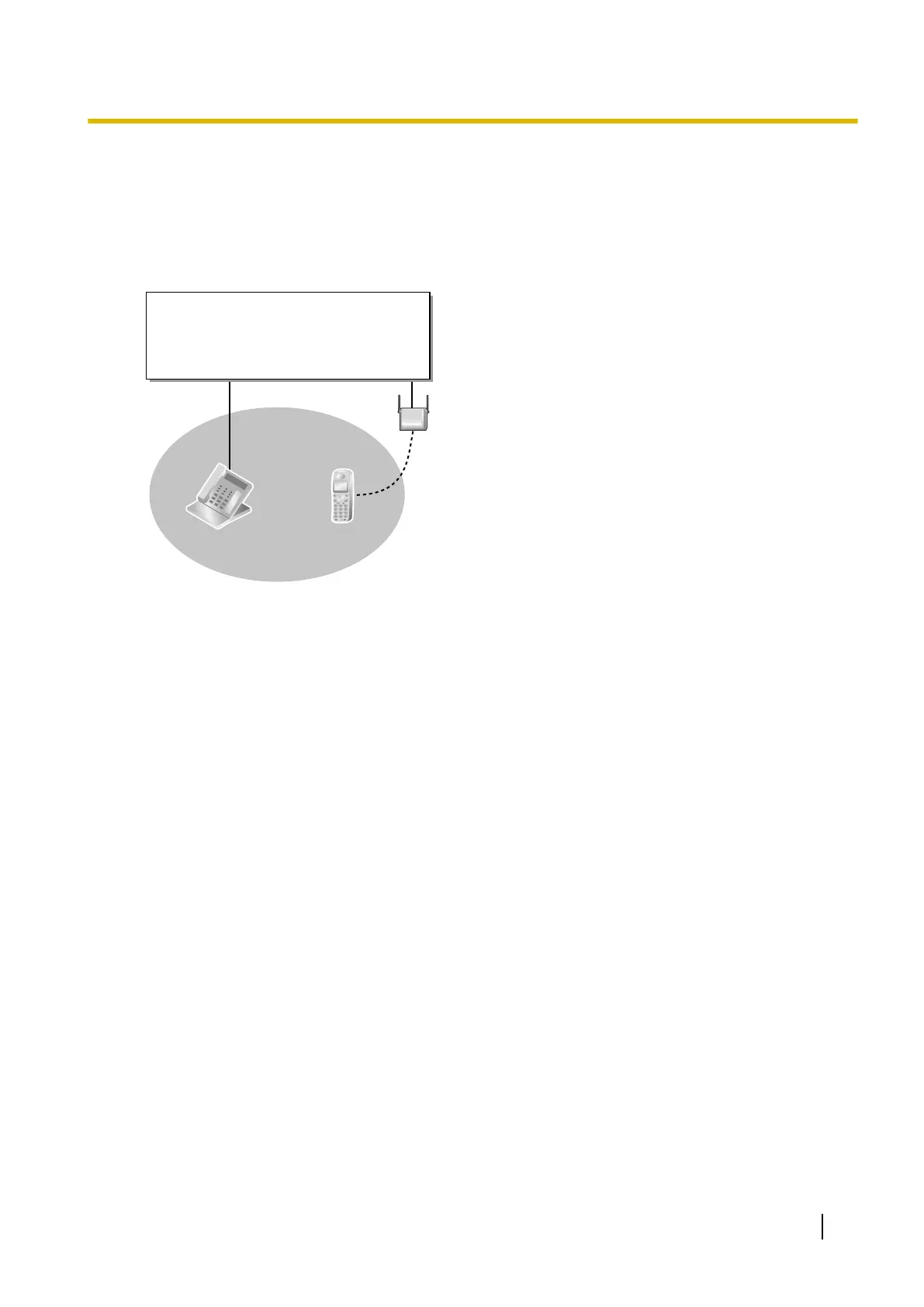